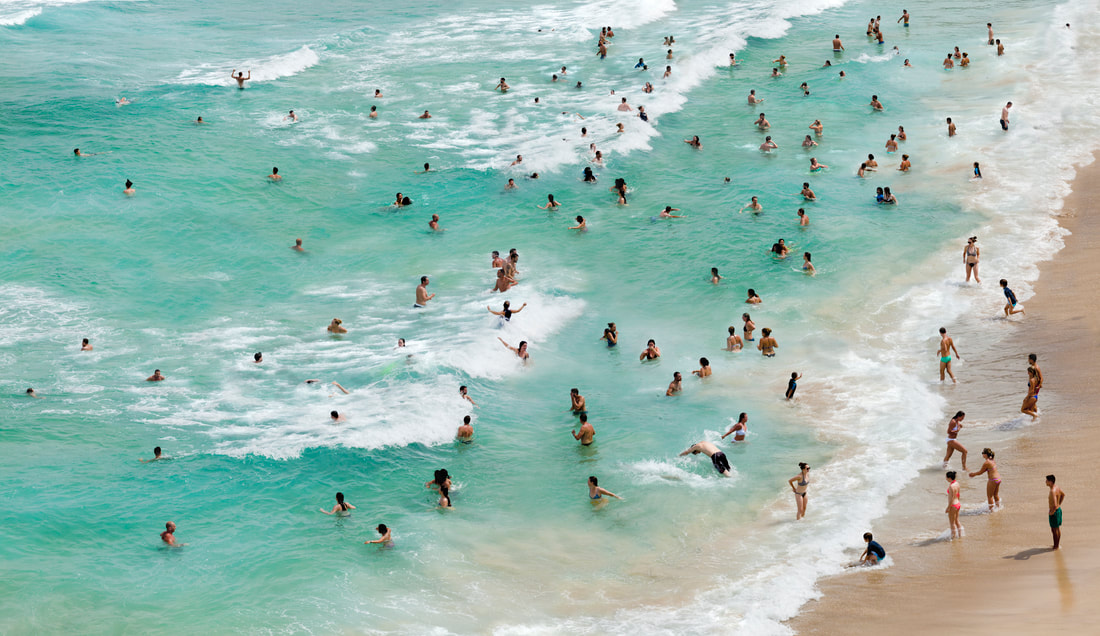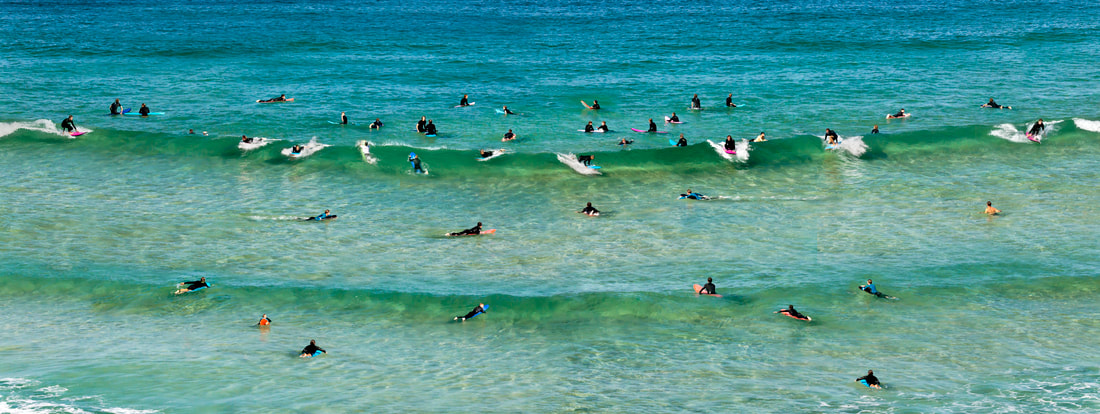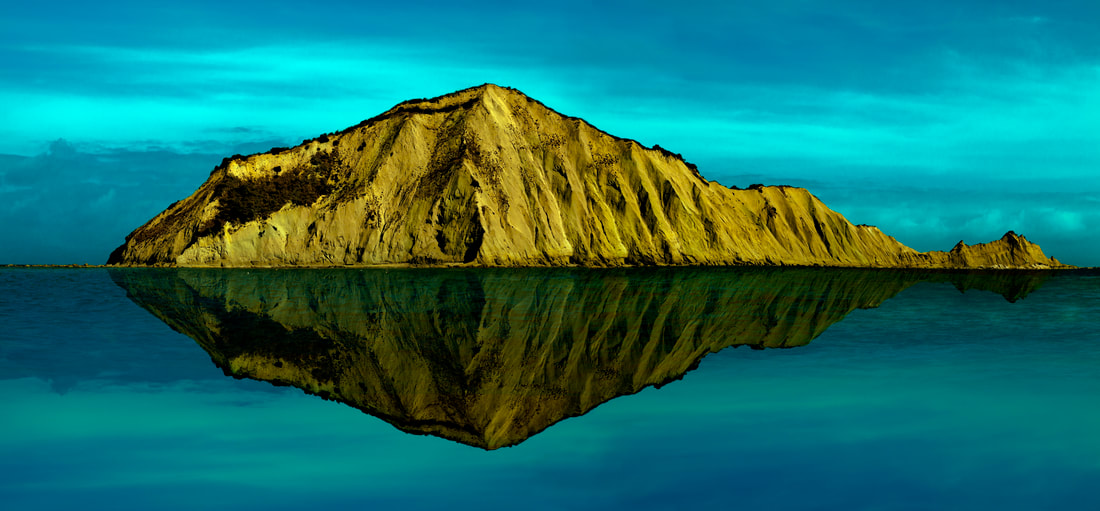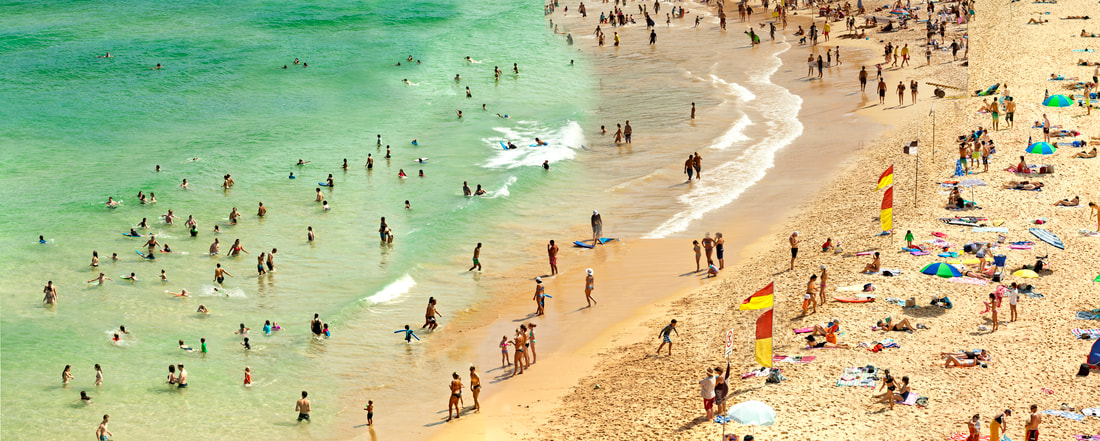Wai Wai Wai, 2019 Föenander Galleries 455 Mt Eden Rd, Auckland
Core Exhibition of The Auckland Photography Festival, Theme: Fissures, 2019
Core Exhibition of The Auckland Photography Festival, Theme: Fissures, 2019
'Photography, among all the arts, is the first to use reality as an indispensable raw material. Yet it too is a fiction, generated by technical tools used to create and reproduce a perfect copy of what the eye sees: it inserts itself into the hidden most corners of the tangible, to make it so true, so real, that it seems unreal. Today, contemporary photography is a long way from being considered a mere representation of reality. It is an absolute protagonist because it breaks down reality: it reworks the past by imagining the future, and creates traces of an anti-reality, or rather a thousand other realities, simultaneously both true and false'. [email protected]
Wai Wai Wai is a collection of work that explores the concept of ‘Fissure’, the theme adopted for this year’s Auckland Photography Festival. Fissures appear in this work as a line between ocean and sand, the peak and trough of each swell or wave, a physical landscape and its reflected presence, or as fissures in time explored by the repetition of people and waves. ‘Fissure’ is also present in the representation of bodies of water going through historic changes and transformation as we enter the Anthropocene. They retain a sense of the sublime, particularly in human consciousness, but are no longer ‘natural’ in any historic sense, already altered if not beyond recognition, certainly beyond ecological balance by human activity on Earth. Carter draws on Barnett Newman’s post-WWII zip paintings, about which William M Boot wrote: “old standards of beauty were irrelevant: the sublime was all that was appropriate, an experience of enormity which might lift modern humanity out of its torpor.”
Wai Wai Wai is a collection of work that explores the concept of ‘Fissure’, the theme adopted for this year’s Auckland Photography Festival. Fissures appear in this work as a line between ocean and sand, the peak and trough of each swell or wave, a physical landscape and its reflected presence, or as fissures in time explored by the repetition of people and waves. ‘Fissure’ is also present in the representation of bodies of water going through historic changes and transformation as we enter the Anthropocene. They retain a sense of the sublime, particularly in human consciousness, but are no longer ‘natural’ in any historic sense, already altered if not beyond recognition, certainly beyond ecological balance by human activity on Earth. Carter draws on Barnett Newman’s post-WWII zip paintings, about which William M Boot wrote: “old standards of beauty were irrelevant: the sublime was all that was appropriate, an experience of enormity which might lift modern humanity out of its torpor.”
Tamarama Bathers, 2019
1400 x 850mm
1400 x 850mm
Aurora Surfers, 2019
1400 x 400mm
1400 x 400mm
Rolling, Surfers, 2019
1390 x 640mm
1390 x 640mm
Motu-O-Kura, Eventide, 2019
1340 x 650
1340 x 650
Curl Curl Bathers 2019
1600 x 760mm
1600 x 760mm
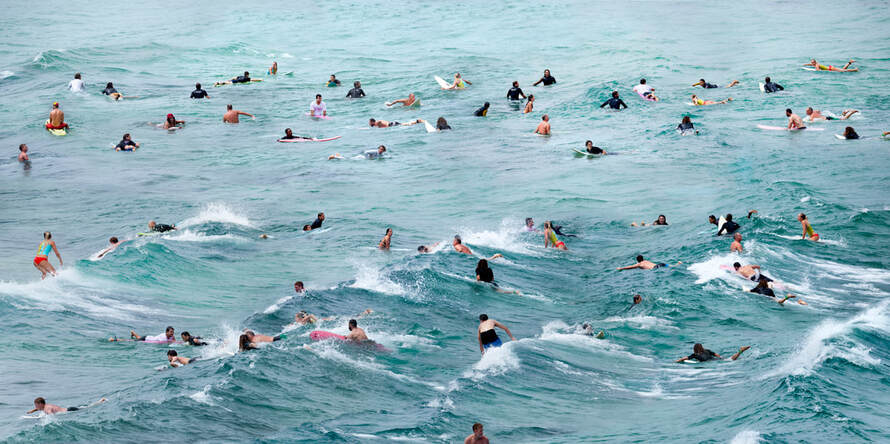
Noontide Surfers, 2019
1500 x 750mm
1500 x 750mm
